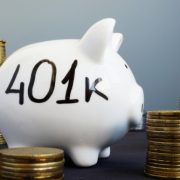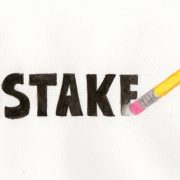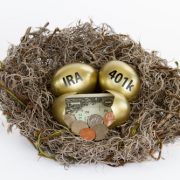Steps to Building a Dynamic Retirement Portfolio Through Self-Directed IRAs
Adjective.
“Abounding with energy; the opposite of static.”
If you want a retirement portfolio that doesn’t just sit there and collect dust, then it’s not a stretch of the imagination to say that you might be looking for something a little more like our word of the day: dynamic. A retirement portfolio that’s dynamic isn’t just invested in one thing, and it’s not just collecting dust. It’s being put to good use through a range of investment types and, if everything is going right, it’s also growing dynamically.
But if you haven’t much of a retirement investment portfolio to speak of, and you’re worried about your ability to ever create one, then you should know that you don’t have to be a Wall Street expert – or even an advanced investor – to take greater control over the financial reins in your life. In fact, by using a Self-Directed IRA, you’ll be able to create a retirement investment portfolio full of investments that excite you, help you feel secure, and help you generate wealth as the years go by.
Of course, the process of creating an investment portfolio for yourself can be a little daunting, which is why we’ve taken the time to put together a few steps so you can better learn how to get on top of your retirement investment game.
Step #1: Research.
 We know, we know: “research” sounds like homework. And, in a way, it is. But it’s also fundamental to what you do as an investor. If the old adage that “knowledge is power” is really true, then you should take comfort in the fact that your independent research – whether it means reading books or simply perusing your different investment options – is helping you to become a more powerful investor.
We know, we know: “research” sounds like homework. And, in a way, it is. But it’s also fundamental to what you do as an investor. If the old adage that “knowledge is power” is really true, then you should take comfort in the fact that your independent research – whether it means reading books or simply perusing your different investment options – is helping you to become a more powerful investor.
And speaking of potential options, you could always sit down and write down a list of all of the available investment types for people with Self-Directed IRAS, including:
- Real estate: commercial and residential
- Precious metals: gold, silver, platinum, and more
- Private companies: Retail companies, tech companies, farms, ranches, etc.
- Tax liens and tax certificates
Of course, there are many more investment types available through a Self-Directed IRA – but listing them all here would likely take up far too much space. The key? Focus in on what kind of investment(s) best suits you.
Step #2: Pick your spots.
Simply because you can invest in just about everything through a Self-Directed IRA doesn’t mean that you necessarily should. Part of becoming a good investor is knowing your own strengths and weaknesses – just as much as knowing the strengths and weaknesses of different investment types.
How do you choose the investments that are right for you? Well, you should be armed with some knowledge from Step #1 – by this time, you might have circled an investment type or two that best suits your individual skills. But you should also consider what you’re good at, or what interests you. Your passions will help you make good, informed decisions simply because your passions help guide your experience. As an investor, there’s nothing more valuable than well-informed experience.
[tweetthis twitter_handles=”@iraexpert” hidden_hashtags=”#SelfDirectedIRA”]..You can invest in most things with a Self-Directed IRA doesn’t mean…[/tweetthis]
Of course, none of this really matters unless you take the practical steps to using and funding a Self-Directed IRA of your very own. Luckily, we’re here to help with that. You can keep on browsing AmericanIRA.com to learn more, or simply get in touch with us at 1-866-7500-IRA(472). We’ll be glad to talk to you about your options. If you’ve done your research and know what you want to invest in, you can start building a more dynamic retirement portfolio outside of the traditional bounds of the stock market.
Images by: presentermedia.com





